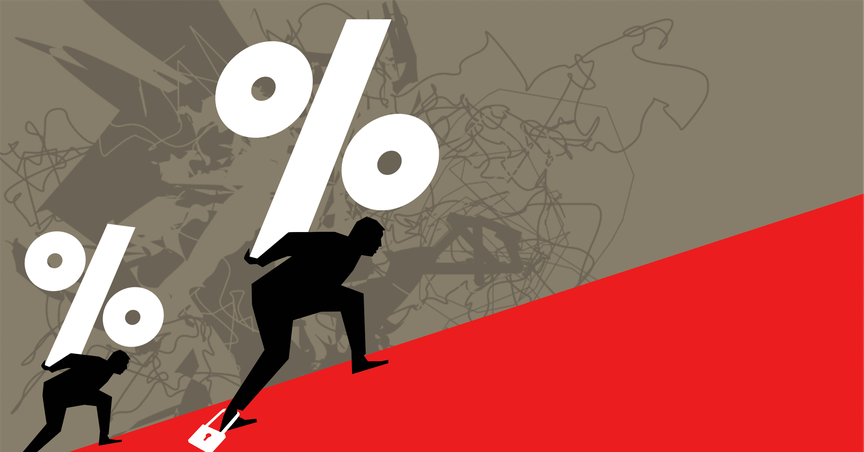Highlights
- The Reserve Bank of Australia announced that it would discontinue the yield target on the April 2024 bond.
- Many of the recent instances have warranted the need for an early rate hike including rising inflation and the gradual reopening of the economy.
- Experts are deeming the move as a first step towards normalization of monetary policy.
After months of speculation on where the Reserve Bank of Australia (RBA) stands regarding interest rates, the latest monetary policy meet has brought forth the possibility of a sooner than expected rate hike. In its latest monetary policy decision, the RBA announced that it would continue to maintain a cash rate of 10 basis points and would resume purchasing government bonds at the rate of AU$4 billion per week. However, the decision also included the discontinuation of the yield target on the April 2024 bond.
While some of this result had been anticipated, the removal of the yield target has been the biggest hint that an interest rate hike might be on the way. This makes RBA the first central bank that has acted against a post-pandemic surge in prices.
Under the decision, the yield on three-year bonds had previously been 0.1%. This came after a week of turmoil in short-term bond markets during which yields rose to unprecedented levels after the RBA did not defend its cap. Despite the building expectations of a potential rate hike, the RBA has once again stated that it is in no hurry to push up the interest rates.
GOOD READ: Has COVID-19 pandemic derailed Australia’s economic growth?
On the brink of a dilemma
The Australian economy is sitting at the edge of a crucial phase, one that is marked with changing dynamics in the monetary policy arena. The ongoing global events have cast a shadow of an economic slowdown on many countries, including Australia. Therefore, the pulling back of eased conditions might interfere with the economic slowdown observed across the country.
Estimates from the previous month suggested that inflation targets would be met by 2024 and it would create the ideal scenario for a rate hike. However, many instances that have occurred recently have warranted the need for an early rate hike. Core inflation rose to 2.1% in the September quarter, while the economy has been gradually reopening as vaccination rates have increased. The increasing confidence in consumers as well as in business activity led to the RBA revising its rate hike period to 2023.
Picking yield target
RBA’s recent decision highlights the central bank’s increasing optimism regarding Australia’s recovery journey. Other market interest rates have adjusted to the likelihood if increased inflation and declining unemployment. Thus, this has reduced the effectiveness of a thinning yield target in leveling down the interest rate structure.
However, many are deeming the move as a first step towards normalization of monetary policy. In addition to this measure, the RBA had also announced an easing of the bond-buying measures from SU$5 billion to AU$4 billion a week.
Amid the existing backdrop of rising fuel prices and an energy crisis, a thinning yield target hints at the RBA acknowledging, up to some extent, that the real inflationary levels would be higher than anticipated.
ALSO READ: Could stagflation woes turn up once again for Australia?



